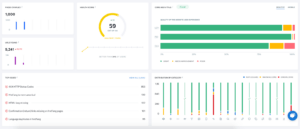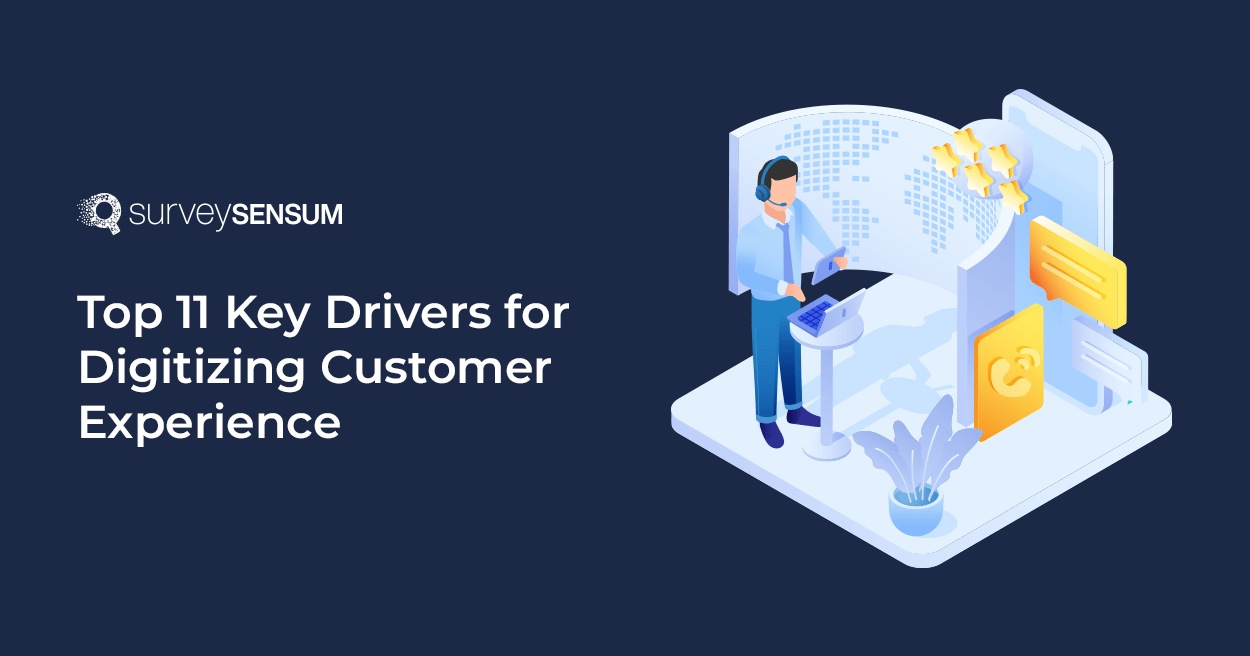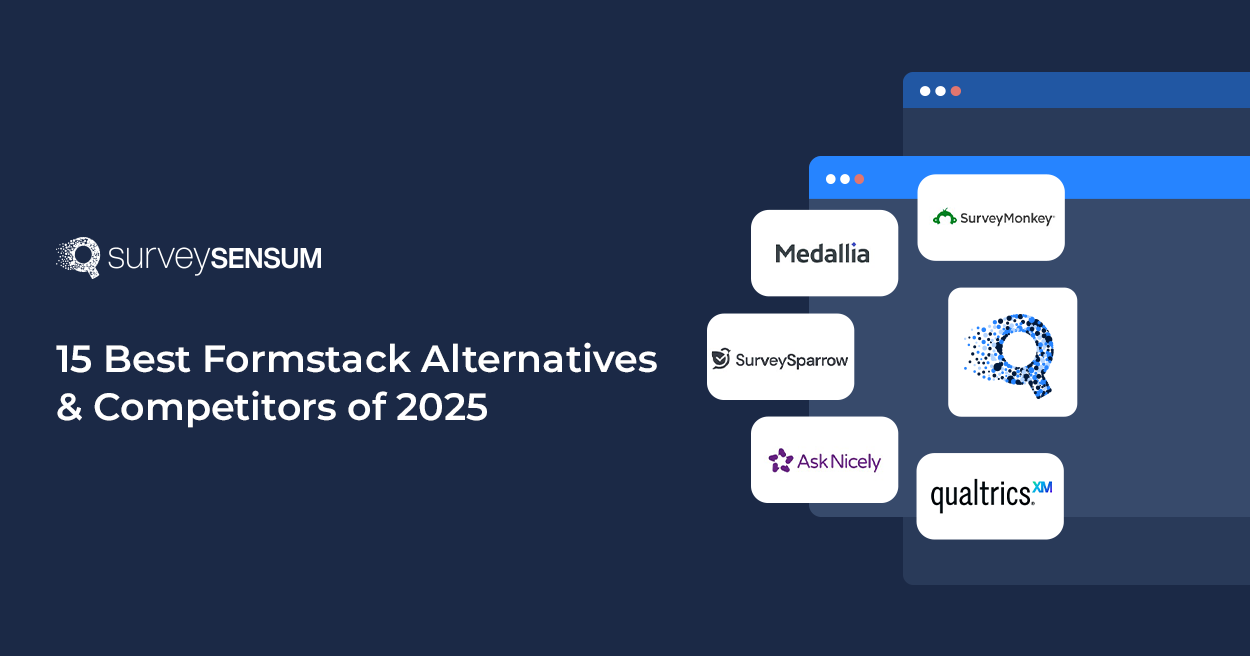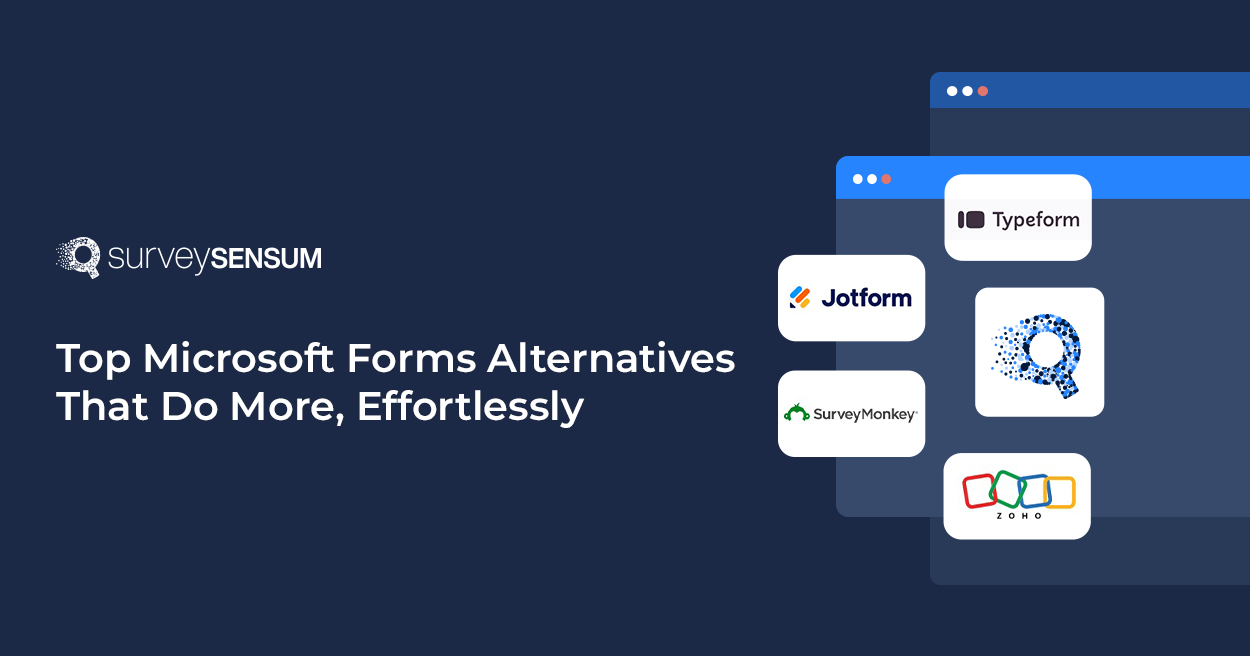
95% of consumers would read online reviews before making a purchase. This alone is enough to justify the need for digitizing customer experience.
The landscape of digital customer interactions is expanding, offering businesses a multitude of touchpoints to engage with their clientele. The ability to track these interactions empowers businesses to craft more personalized and efficient experiences. Delving into the intricacies of this transformative process is essential for businesses looking to stay ahead of evolving digital expectations.
What Is Customer Experience Digitization?
Customer experience digitization is the process of moving customer experiences in interacting with a business from offline to online. So, interactions that were previously handled in person or over the phone can now be done digitally and overall become more efficient.
This evolution also encompasses the development of digital customer experience strategies, leveraging new tools and processes to create more tailored and appealing interactions for both customers and businesses. The resulting digital customer experience is faster, more personalized, customizable, and inherently more appealing to end-users. Take your brand’s visual appeal a step further by creating attractive posters effortlessly. Utilize a poster creator to digitize your branding efforts and seamlessly capture your audience’s attention. Create a poster that stands out with compelling visuals and messaging.
Why Is Digitization Important?
For many B2B and e-commerce businesses, digital CX is the norm, with offline interactions being either very rare or completely nonexistent. Even traditionally offline businesses like restaurants and large retailers are developing systems of digital experiences for their clients through popular and effective means; such as looking out for the best Adsense alternatives in order to constantly be aware of their customers’ requests.
As the digital experience norm evolves, e-commerce business owners must discern current customer expectations and anticipate future changes. Understanding the driving forces behind CX digitization is pivotal for crafting successful digital customer experience strategies.
→ Instead of focusing on the details and chasing gimmicky features, you’ll see the bigger, strategic view of CX.
Now, let’s explore the eleven key drivers propelling the digitization of customer experience.
11 Key Drivers For Digitizing Customer Experience
Driver 1: Evolving Customer Expectations
Driver 2: The Rise Of Search Engine Optimization
Driver 3: The Rise Of New Digital Technologies
Driver 4: Stat Ahead of the Competition
Driver 5: The Need To Improve Operational Efficiency
Driver 6: The Need To Increase Sales And Revenue
Driver 7: The Need To Reduce Customer Churn
Driver 8: The Need To Improve Data Security
Driver 9: The Need To Comply With Regulations
Driver 10: The Need To Improve Employee Productivity
What factors drive modern digital experiences? There are multiple things that influence how CX and the expectations for it develop, both from consumers and from businesses. Here, we’ll focus on the eleven most prominent factors that you should keep in mind.
Driver 1: Evolving Customer Expectations
One of the main factors that make businesses digitize customer experience is the ever-evolving expectations of customers. With the advent of personalized marketing, businesses have enhanced their online presence through tools. A decade ago, when not all businesses had online marketing tools like personalized advertising and live chats, these experiences were novel for web users. Now, these experiences have become the norm, and many customers wouldn’t expect any less from businesses. Another innovative approach is leveraging QR codes for enhancing customer interaction. You can create a dynamic QR code to provide clients quick access to surveys, special offers, and detailed product information. This not only adds convenience but also builds engagement.
For instance, 39% of customers expect an answer within an hour, while previously, it was normal to wait for several days when interacting with businesses. Another research shows that 62% of consumers prefer personalized experiences and 60% claim they can spot when an experience is personalized.
These are just some customer expectations you should form your CX strategy around. In general, you should follow the latest research on what your customers want and run offline surveys of your own to figure out how to tailor CX to their preferences. You could consider partnering with a conversion rate agency to help you understand your customers’ expectations and behavior better. They can use data and analytics to identify areas where you can improve your website and customer experience, ultimately leading to a higher conversion rate.
Driver 2: The Rise Of Search Engine Optimization
Another driver of CX digitization is the wide adoption of search engines for everyday tasks, including discovering businesses. With billions of Google searches each day, it’s no wonder that organic search traffic is making up 50% of web traffic for businesses.
Consumers expect to find your business on SERP, and for many businesses, it’s the first point of contact with leads. To provide a great customer experience, you should make sure your website is optimized for search, advanced SEO strategies such as redirecting expired domains can result in faster results and can get in front of potential customers. Implementing a Digital PR service can further enhance your online presence by securing high-quality backlinks, improving brand credibility, and increasing visibility. Partnering with a professional web design company can streamline this process, ensuring that your website not only meets but exceeds search engine optimization standards. Seeking professional SEO consulting services can help ensure that your website ranks prominently in search engine results, increasing visibility and driving organic traffic to your business.
You can use a specialized SEO tool like SE Ranking Website Audit tool or Search Engine Monitor to scan your website for areas you could improve in terms of technical optimization.

Image Source: SE Ranking
You should also consider new features of SERP like Google Shopping being integrated into search results and the rollout of Search Generative Experience. These features are going to be key to mastering the start of a customer journey on SERP, and you’ll have to navigate them to be successful.
Driver 3: The Rise Of New Digital Technologies
66% of consumers are interested in using AR when shopping, and the technology is constantly expanding into new markets. This is why for the last couple of years, augmented reality and artificial intelligence have been the hot topic in digital marketing circles. This tech is already being actively used as a part of customer experiences across the web. As the demand for seamless integration of augmented reality in the shopping experience continues to rise, businesses offering digital marketing services are harnessing the power of this technology to create immersive and personalized customer journeys across the web. Enterpreneurs actively benefit from innovative digital marketing tips that positively impact customer experience at all.
For instance, Google has recently announced more features for AR beauty shopping. Now, users can click on a beauty product and try it on as an AR mask.
This means businesses should update their Google Merchant Profiles to show different colors of products to make use of this latest tech.
AI is becoming a part of CX as well — according to Adobe’s State of CX report, customers expect to have quicker response times thanks to generative AI. Customer communication was becoming faster with the popularity of algorithmic chatbots, and now customers will expect businesses to deploy generative AI for answering basic support questions.
AI is also likely to be key in data analytics and decision-making processes as AI-based data tools are becoming more affordable.
Driver 4: Stat Ahead of the Competition
One of the largest factors that drives companies to digitize customer experience and build new, more complex features is competition.
A recent survey found that 72% of business leaders are investing more in CX, with the majority increasing budgets by a quarter. Customer experiences are becoming more and more important for long-term success, and you should expect to compete even more with businesses in your niche.
If you want to stay ahead, start implementing best practices of customer experience now to build a reputation with consumers. One way you can do this is by creating QR codes to award your most loyal customers with special offers and discounts
So, launch an employee experience survey with SurveySensum to understand your employee satisfaction
Driver 5: The Need To Improve Operational Efficiency
Now, the wishes of customers and the improvement in marketing tech are a huge part of what drives CX digitization forward. However, the needs of businesses play a role in digital customer experience strategies as well.
One of the main drivers of business interest is improving operational efficiency — reducing waste in time, money, and effort that your employees put out. Introducing new digital CX solutions like an AI-driven support bot can save the organization a lot of resources, even if setting it up can be hard.
According to Salesforce State of Service, 45% of marketers are now using generative AI in customer service, almost double the number in 2020. This has become a major trend in customer experience, and you should join the industry leaders to meet customer expectations.
A bot like this can’t answer all questions your customers might have, but it will answer most basic requests like the one above.
Driver 6: The Need To Increase Sales And Revenue
A goal that comes hand in hand with improving operational efficiency is driving the revenue up. Partly, the increase in revenue comes from cutting down on operating inefficiencies. But the biggest influence is the improvement in CX itself.
When you invest in digital customer experience, you will get more business, either through word-of-mouth or through increasing the customer retention rate. As stellar customer experience is something consumers expect from businesses, investing in it will improve customer loyalty.
Data confirms this as well. Adobe’s State of CX survey shows that businesses that invest in CX digitization grow new customer acquisition by an average of 23%.
Driver 7: The Need To Reduce Customer Churn
Great customer experience takes place across the sales funnel. Investing in Link building outreach, as an SEO practice and AI-based chatbots can help with managing top-of-the-funnel interactions and increase organic leads. But quality CX digitization for existing customers is even more critical as lead generation is always more expensive than holding on to current clients.
The State of CX shows that CX digitization leads to a 12% increase in repeat business and even fosters brand loyalists, as it increases referrals by 17%.
Since churn directly affects revenue, most companies make it their top priority to reduce it by focusing on customer onboarding, implementation, quarterly business reviews, etc. You can see if your digital customer experience strategies are paying off by running a customer satisfaction survey before introducing chances and a few months after they roll out.
Driver 8: The Need To Improve Data Security
This driver for digitization calls businesses to make changes to their digital customer experience strategies. As companies gather more and more data on their customers, business databases can become a vulnerable point.
Data breaches cost an average of $4.5 million, so taking measures to prevent them is not only saving your reputation but your bottom line as well.
The best methods of improving data security are centralizing data storage, encrypting data, and educating employees on security best practices. Implementing a Virtual Private Network (VPN) is another critical step, as it encrypts your internet connection, ensuring that data transmitted between your devices and the network is secure from unauthorized access. Using an ISP proxy network can further enhance data security by adding an additional layer of protection to your internet connection. Incorporating DNSFilter alternatives can also contribute to enhancing data security by blocking malicious websites and intrusive ads at the DNS level.
Driver 9: The Need To Comply With Regulations
This external factor influences all digital customer experience strategies. Since all CX digitization requires collecting customer data, businesses should comply with data regulations or face heavy fines.
The main legislations you’ll have to consider include the European General Data Protection Regulations (GDPR), the California Consumer Privacy Act (CCPA), and, when using automated communications, TCPA compliance. Each regulation has unique requirements, but the core idea is the same — data transparency for the end user.
Researching web design case studies will help you better understand how things work and which web design agencies can help you comply with regulations when designing your site. This means you’ll have to let the users know how their data is being used, give them the option to opt out of sharing data and delete their data on their request. Thankfully, this isn’t the thing you’d have to change constantly. You implement these regulations into your data strategy once and then only occasionally deal with a data removal request.
Driver 10: The Need To Improve Employee Productivity
The productivity of your workers is also a factor in CX digitization. Digitization includes a lot of automation, and automating routine processes can significantly reduce employee workload, freeing them for more creative and strategic tasks. For instance, CRM tools for accounting help accounting firms automate workflow.
The State of CX report shows that 34% of marketers say generative AI saves employees time — the top reason for using it in CX and support settings.
Automation and creating knowledge databases for your support people can also decrease human errors and lead to a better experience for your customers.
Driver 11: Get a better understanding of customer behavior
The final factor on this list goes beyond improving just digital customer experience strategies. A thing that motivates digitizing every part of customer experience and building more CX structures is that it allows storing more customer data. Data on how they interact with your website and product and how they perceive it.
This data can be used to understand customer behavior, product usage, and other important metrics that simple web analytics won’t show you. The insight you can gain from it goes far beyond CX, as you can use it to improve all business areas.
An example of this type of CX digitization is collecting customer feedback with surveys on your website or app.
It can be as easy as placing a poll like this after an article.
Conclusion
Digitizing customer experience has been a major trend for the last decade, with many offline-only businesses building an online presence on websites, apps, and social media. Knowing what drives this digitization isn’t just a matter of pure interest. It allows you to understand the bigger picture and be able to future-proof your digital customer experience strategies.
Keep these 11 factors in mind when brainstorming new ways to digitize customer experience, and you’ll be one step ahead of the competition.















